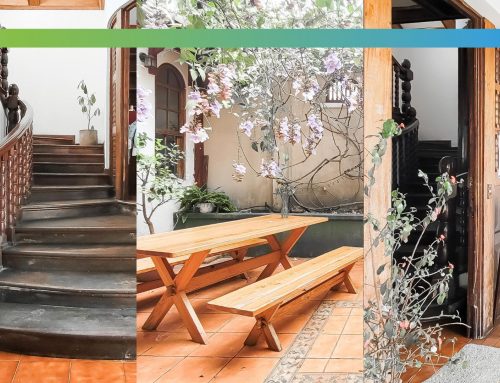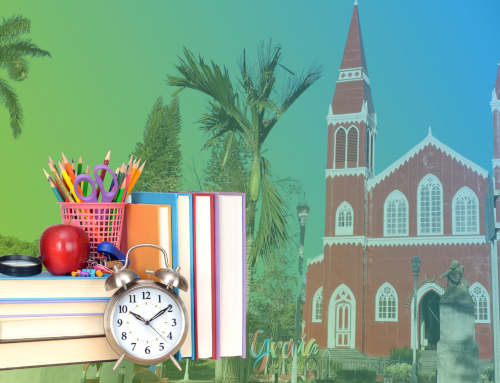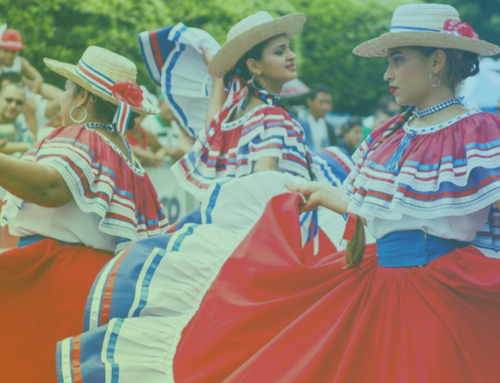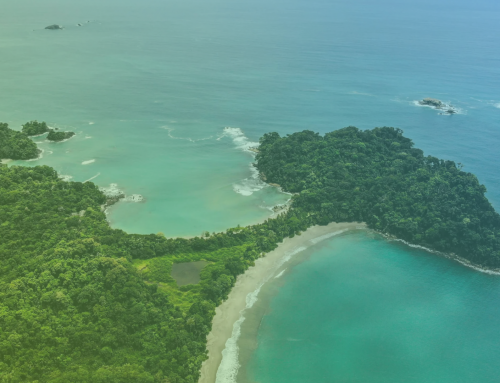Costa Rica is known worldwide as the “happiest country in the world”. But did you know that Costa Rica has 1/5 blue zones in the world in Nicoya? This means that octogenarians, nonagenarians, centenarians, and even supercentenarians (110+) are abundant in this area. This part of the country has the 2nd place in the world with more people over 100 years old.
What is a “blue zone” ?
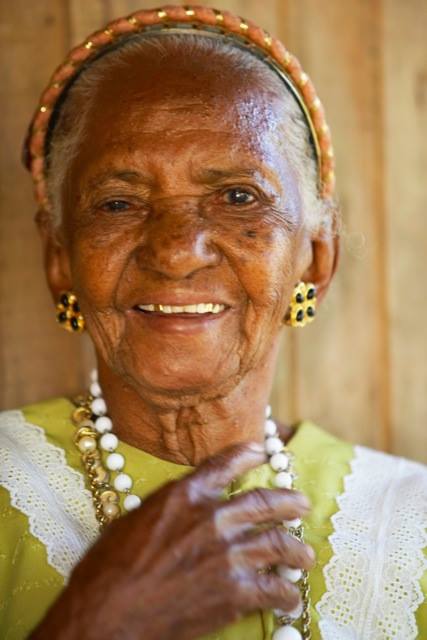
A blue zone is a geographical area in which the population is the longest-lived. In other words, it lives longer than the average global life expectancy. The reason why they are called “blue zones” is a curious story … Belgian demographer Michel Poulain and Italian doctor Gianni Pes discovered the first blue zone in Sardinia, Italy; and they decided to mark it on the map with a blue color!
Later on the American researcher Dan Buettner started a project to investigate other areas in the world where the population is longer-lived. As a result of his research, the remaining four blue zones of the world were found: Okinawa in Japan, Icaria in Greece, Loma Linda in California and our beautiful Nicoya peninsula, Costa Rica.
In the Sardinia region lives the highest population of older adults over 100 years old, in Nicoya the second. The oldest women on Earth live on the island of Okinawa in Japan. And on the island of Icaria in Greece they have the longest-lived population with the lowest rate of senile dementia. Loma Linda, California has a community of Seventh-day Adventists whose life expectancy is 10 years longer than the rest of the United States.
Beautiful Nicoya 1/5 Blue Zones
Nicoya is the main city of the Nicoya Peninsula of the Guanacaste province. Everyone who has visited this part of our country knows that this corner shines with it’s bright energy. This comes from the Costa Rican culture traditions that are deeply rooted in everyday life, and its very strong aboriginal roots.
The area was mainly inhabited by the Chorotegas. A Mesoamerican indigenous tribe whose language (Chorotega) is almost extinct. They were led by Cacique Nicoa, name by which the peninsula and its main city were named.
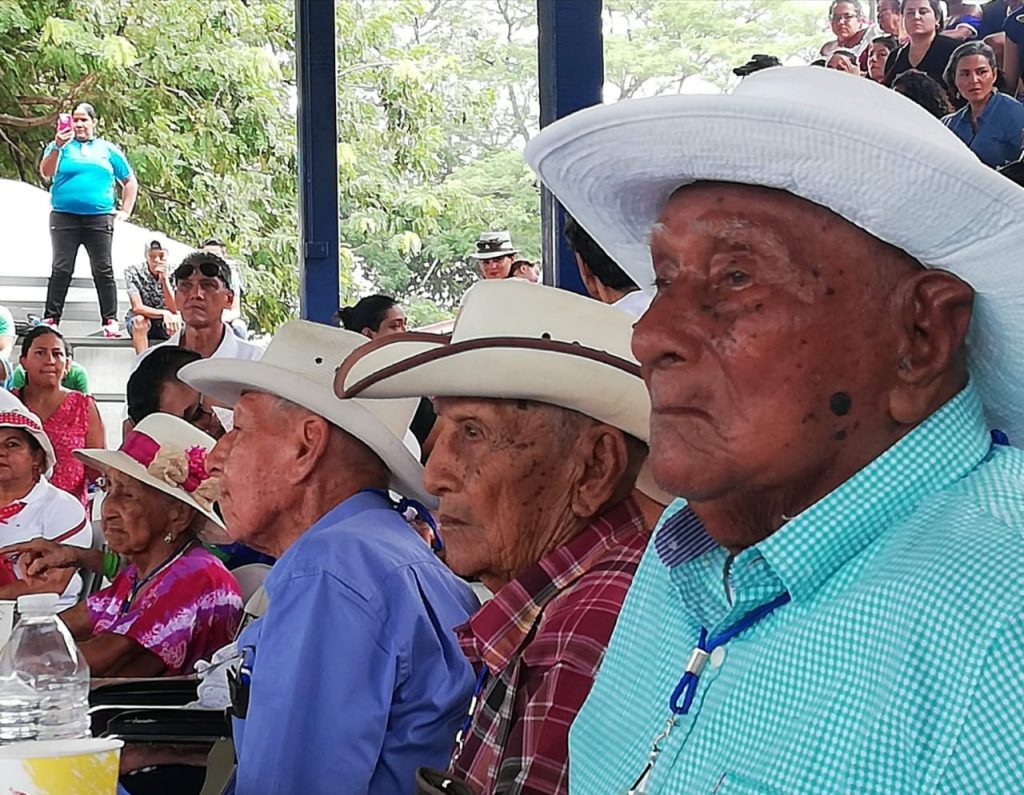
Asociación Península de Nicoya Zona Azul
Nicoya Costa Rica.
The Chorotegas tribe was the largest aborigenous group that the Spanish faced when they wanted to enter the northeast part of the country in 1523. Even in their writings they recognized that it was an extremely prosperous tribe and that this was due to its maritime economy which until now is preserved.
In this area not only people are well preserved, but their monuments too. La Parroquia de San Blas in Nicoya is the oldest church in Costa Rica, and is around 500 years old. Another well-preserved cultural site is the Ujarras ruins in the Orosí Valley. The beauty of the peninsula attracts a lot of tourism to its beaches, hotels and restaurants. But the world’s eyes are set on the older adults and their lifestyle to understand how this is 1/5 blue zones in the world.
Caring for the elderly is very important in this community, and they even have a Nicoya Peninsula Blue Zone Association. In which they seek to do activities for the centenarians and supercentenarians of the area, they help them when necessary and most importantly: they celebrate their lives. But what do these people do and what is the trick for a longer life?
Secrets for a longer life
In Dan Buettner’s research he traveled to these areas several times, including our beloved Nicoya! And he brought with him a team of doctors, anthropologists, demographers, nutritionists, and epidemiologists. Together they discovered the nine common factors of the blue zones of the world:
- Physical Activity
The population of these areas do not know a sedentary lifestyle and play sports or always strive to work-out every day. They maintain constant physical activity, whether it’s going for a walk, dancing, or zumba. In other words: get to move your body!
- “Ikigai“
This is the Japanese word for “a reason to live.” So when we propose ourselves something, it is not only to helps us to acomplish a milestone in our life, but it also extends life itself! Let us always try to set short, medium and long term goals to improve our lives in every way.
- Zero Stress
In these areas they have a daily group activity that helps them reduce stress, since it is directly related to many mental illnesses such as senile dementia. For the island of Okinawa it is tea time, for the Adventists it is prayer, and for the Mediterraneans it is nap time.
- Hara-hachi-bu
Confucius was a Chinese philosopher who’s many ideas currently are a part of society. And his concept of “hara-hachi-bu” is one of the reasons why these people live longer, it is based on not eating until they are completely satisfied: only eating up to 80% of their capacity.
- Balanced Diet
In the blue zones their diet is dominated by fruits, vegetables and legumes. And meat, fish and dairy products come in second place, but always consuming them in less quantity.
- Drinking Alcohol -moderately.
Yes! You read right: the oldest people in the world do not abstain from alcohol, but they know how to consume it moderately in their day to day. Hence a balance must be learned between the frequency of consumption and the appropriate quantity for the body.
- Healthy Society
By being part of a healthy community, in which people exercise and eat healthy, the inhabitants are motivated by each other to lead this lifestyle that provides them with longer lives.
- Faith
The value of having a purpose was mentioned earlier, but an important longevity factor is faith in some belief that also involves social gatherings to share them.
- Family
A close relationship with family is one of the most important factors in a long life, which brings happiness and love and reduces stress, but also provides a network of support and care for the needs that arise over the years.
In conclusion, it can be said that in order to have a life as long as those of these older adults in the blue zones, it is necessary to maintain a healthy life and a life in community. Two factors that in Costa Rican culture are very common. Which is why Nicoya being 1/5 blue zones in the world, makes sense to us ticos.



